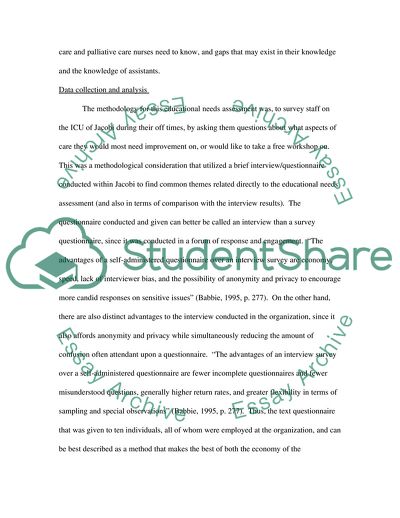Cite this document
(Learning Needs Assessment Coursework Example | Topics and Well Written Essays - 1500 words - 1, n.d.)
Learning Needs Assessment Coursework Example | Topics and Well Written Essays - 1500 words - 1. https://studentshare.org/education/1722458-learning-needs-assessment
Learning Needs Assessment Coursework Example | Topics and Well Written Essays - 1500 words - 1. https://studentshare.org/education/1722458-learning-needs-assessment
(Learning Needs Assessment Coursework Example | Topics and Well Written Essays - 1500 Words - 1)
Learning Needs Assessment Coursework Example | Topics and Well Written Essays - 1500 Words - 1. https://studentshare.org/education/1722458-learning-needs-assessment.
Learning Needs Assessment Coursework Example | Topics and Well Written Essays - 1500 Words - 1. https://studentshare.org/education/1722458-learning-needs-assessment.
“Learning Needs Assessment Coursework Example | Topics and Well Written Essays - 1500 Words - 1”. https://studentshare.org/education/1722458-learning-needs-assessment.


